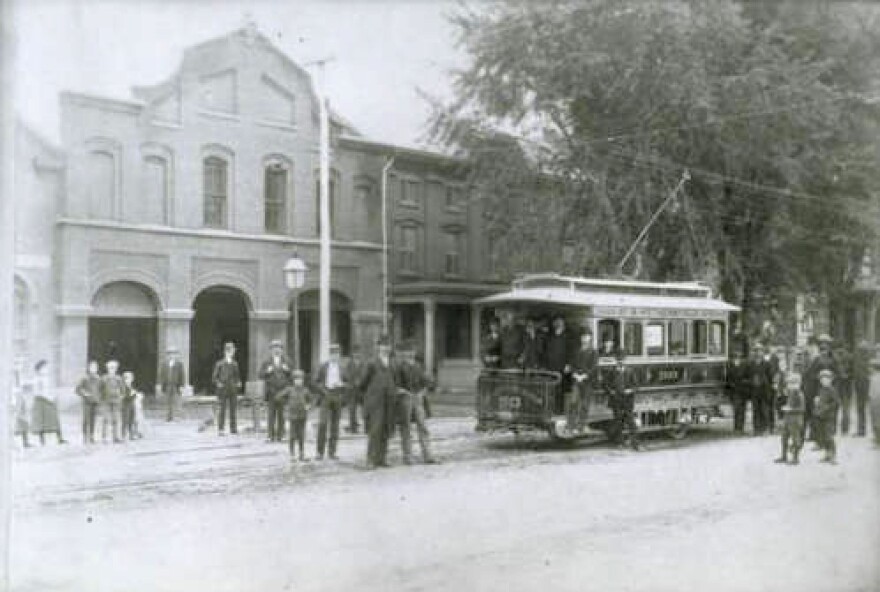Many tracks may still be buried under layers of asphalt, waiting to be rediscovered.
Many cities across the country are bringing back the streetcar. Providence, Rhode Island just received $13 million in federal TIGER grant funding to build a streetcar system. Could a Connecticut city be far behind?
Streetcars have been pitched in some locations before -- namely, New Haven and Stamford. In 2012, a proposal to create a install a streetcar system reportedly went "down in flames" after an attempt to fund a local study. Without it, federal funding isn't possible. Minds could change after looking at what some of Connecticut's neighbors are doing, and in New Haven at least, public discussion on streetcars is still alive.
In Providence, planners applied for $26 million in TIGER funding. There is still a significant gap to make the project work. A newly-elected mayor could have a role in determining whether the streetcar project has a champion, and gets the funding it needs.
Several other cities in the U.S. are planning to extend or create new streetcar lines, including Seattle, Memphis, and Milwaukee. Planners in many more cities, according to streetcar advocates like the Community Streetcar Coalition, are considering turning to the streetcar as a solution to a host of transportation and urban planning challenges.
Connecticut used to be connected by a streetcar system. Around 1900, it was possible to travel much of the state via rail routes of one kind or another, nearly all the way between Boston and New York.


New Haven and Hartford in particular were threaded with streetcars, once pulled on tracks by horses, and later electrified.
The dedicated routes provided a place for retailers to thrive, because they knew they would have customers on foot.
Does the infrastructure still exist for streetcars to succeed in Connecticut cities and towns? Many tracks may still be buried under layers of asphalt, waiting to be rediscovered.


Dedicated rail lines help business, Conaway said, because retailers and others know exactly where the transit line will be.
Franklin Conaway, based in Ohio, is a national consultant who specializes in historic preservation and development around streetcars and passenger rail. He said “streetcar circulators” are the one method of public transportation that can get car drivers out of their vehicles and into some form of transit.
“One of the largest benefits of streetcars from a community standpoint is economic development,” Conaway said. “It’s been proven that streetcars foster a more efficient use of existing infrastructure because they operate in the urban core. It’s a system that connects various segments of the urban core to one another. It makes the entire area walkable, because streetcar stops are very close together, so people ride for a couple of blocks and then get off.”

How would we know if streetcars are right for a particular Connecticut city?
Not all cities work for streetcars, Conaway said, but noted that some locations are ideal for streetcar development – especially where there is an existing street grid, and where cars and mass transit can share some space on the road.
“Modern streetcars can travel some distance off-wire,” Conaway said, “meaning they are not actually directly connected to the overhead power system. You don’t need to even have the overhead lines in particular areas.” Streetcars can function a little like buses or cars, but with a dedicated set of rails, and not much else to get in the way.
The dedicated rail lines help business, Conaway said, because retailers and others know exactly where the transit line will be, unlike with changeable bus routes on paved roads. “Economic development takes place along the entire length of the line, not just around the stations,” he said. “That is because they have frequent stops that make it very convenient to get off or on a streetcar.”
The communities that work best for streetcars, Conaway said, already have a trend underway of more people moving downtown, buildings being renovated, and a lifestyle based on the convenience of center-city living.
Listen for more comments from Conaway and others on WNPR’s Where We Live. Do you think Connecticut could use a streetcar revival?


